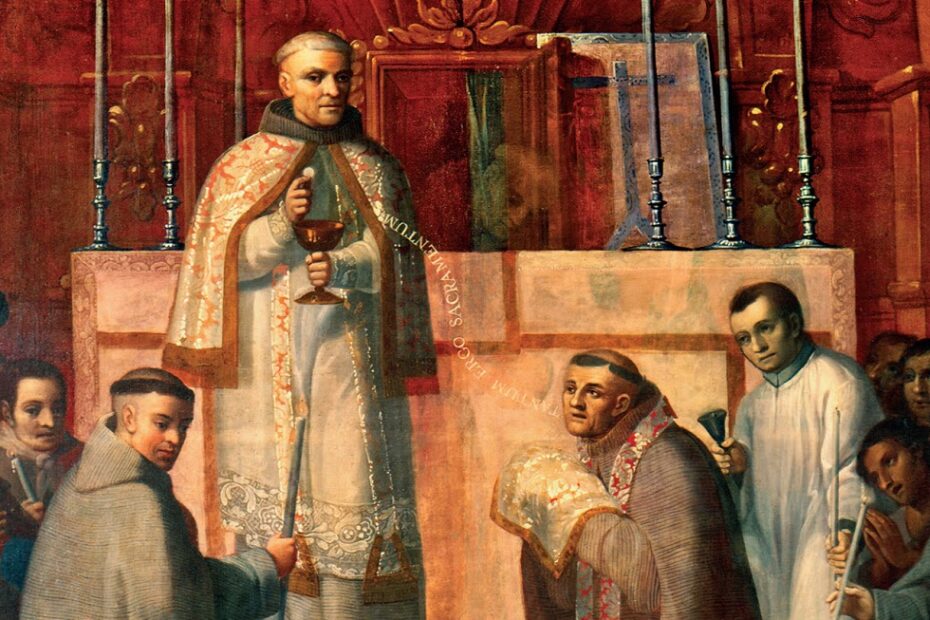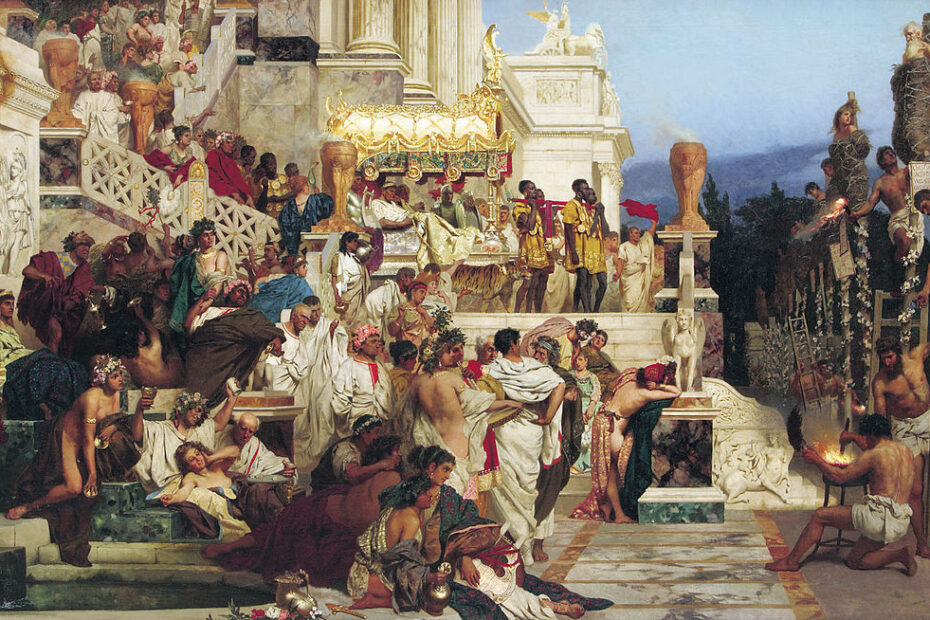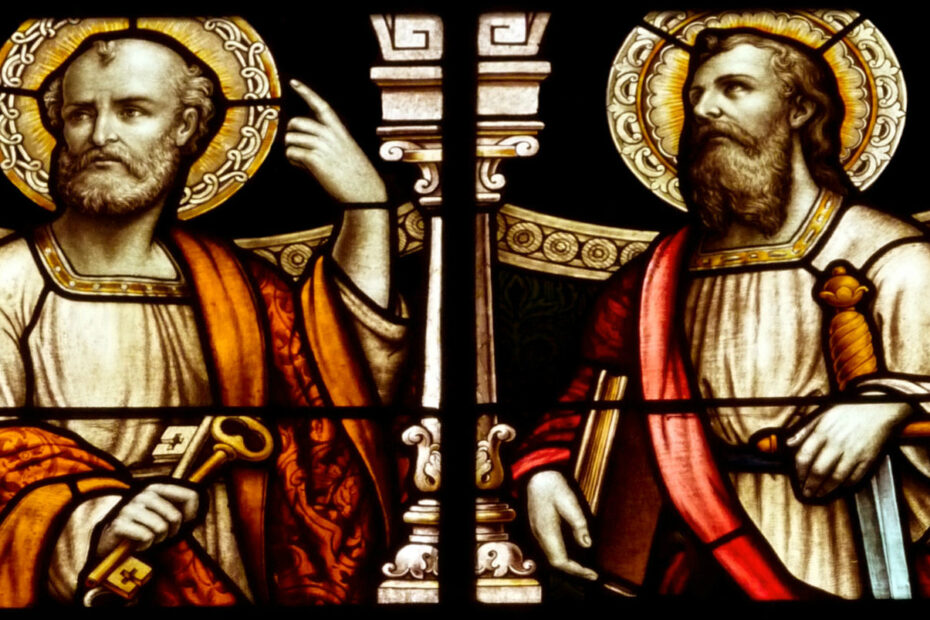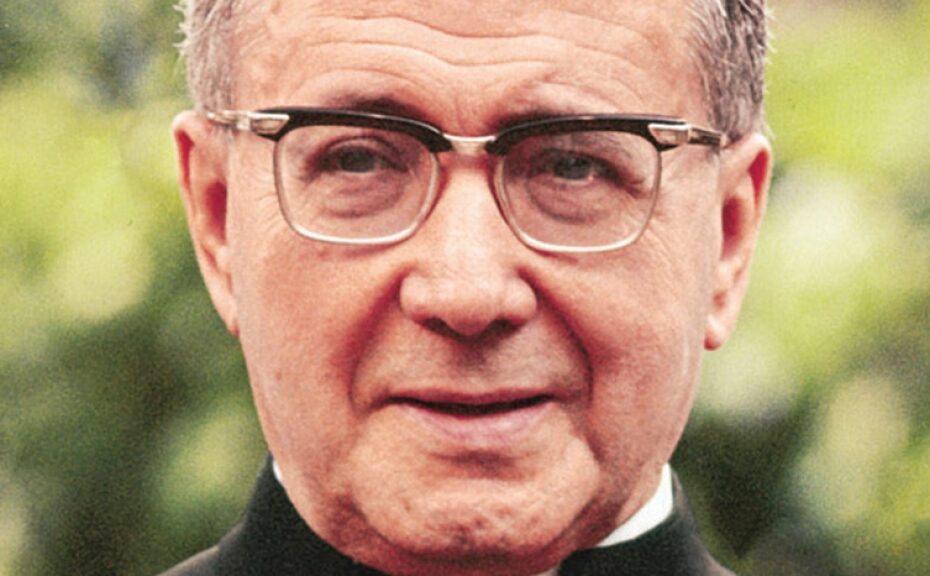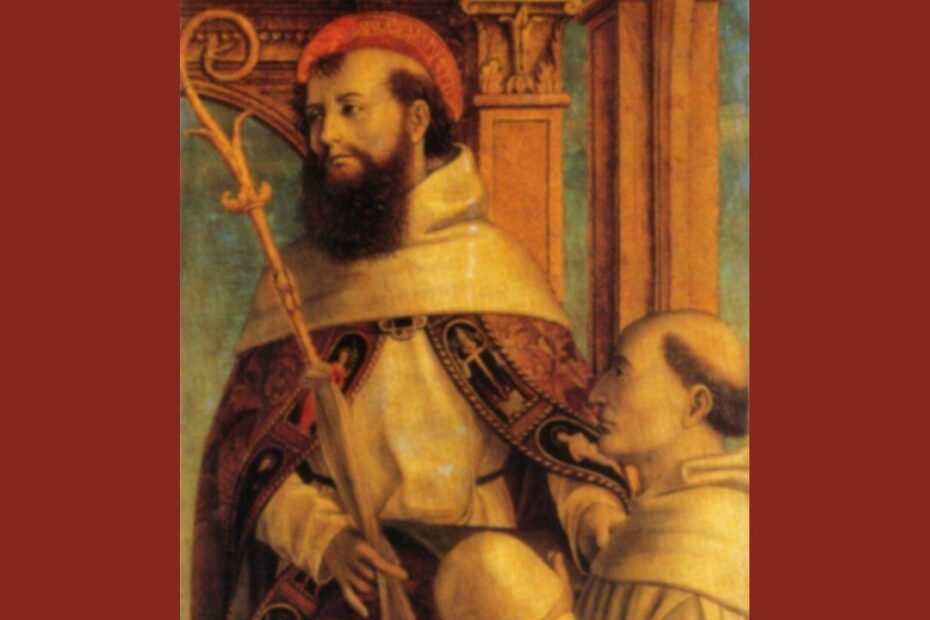Saint Elizabeth of Portugal
Today’s saint was also known as Elizabeth of Aragon. She was born into a royal Spanish family with a saint in its bloodline. Saint Elizabeth of Hungary was her great aunt and namesake. In a pious age, the piety of today’s Saint Elizabeth stood out. She loved the Lord and all that it meant to be Catholic. She was wed to the King of Portugal at a tender age, moved to his land, and had a family with him. The holy child Elizabeth became the holy adult Elizabeth. She involved herself in matters of war, state, and politics. But she was more concerned with her own soul, the poor, and the sick.



